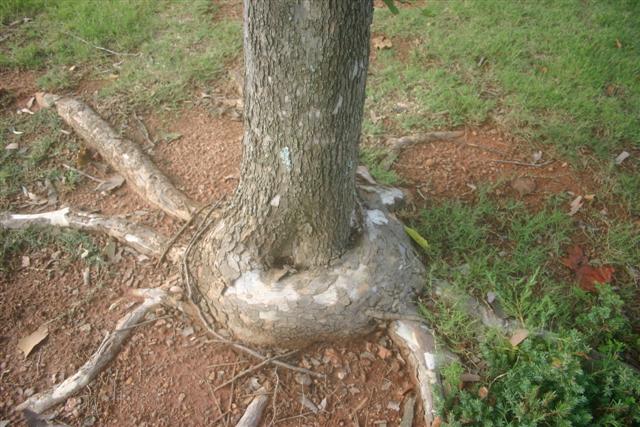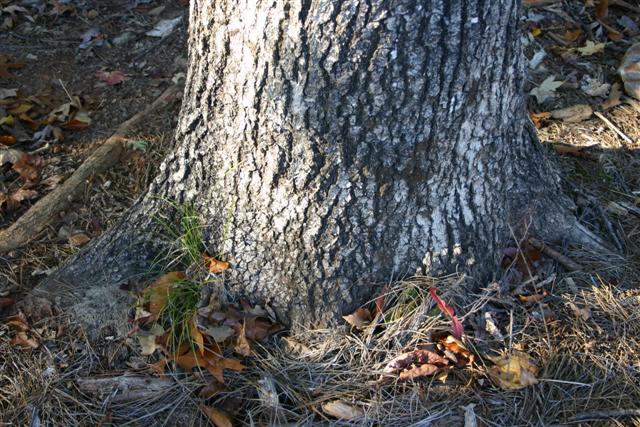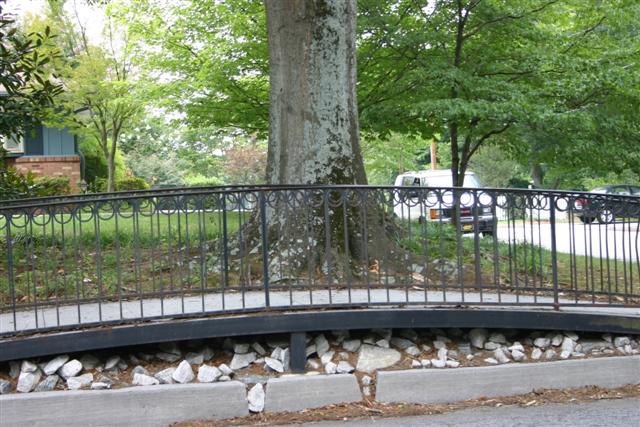
Check out our Services.
We're also offering a 10% discount
for January appointments

|
Need help? Check out our Services. We're also offering a 10% discount for January appointments |
| Surface & Girdling Roots on Sycamore |

|

|
| The root flare where the trunk meets the roots | A clever way to avoid root & sidewalk damage |